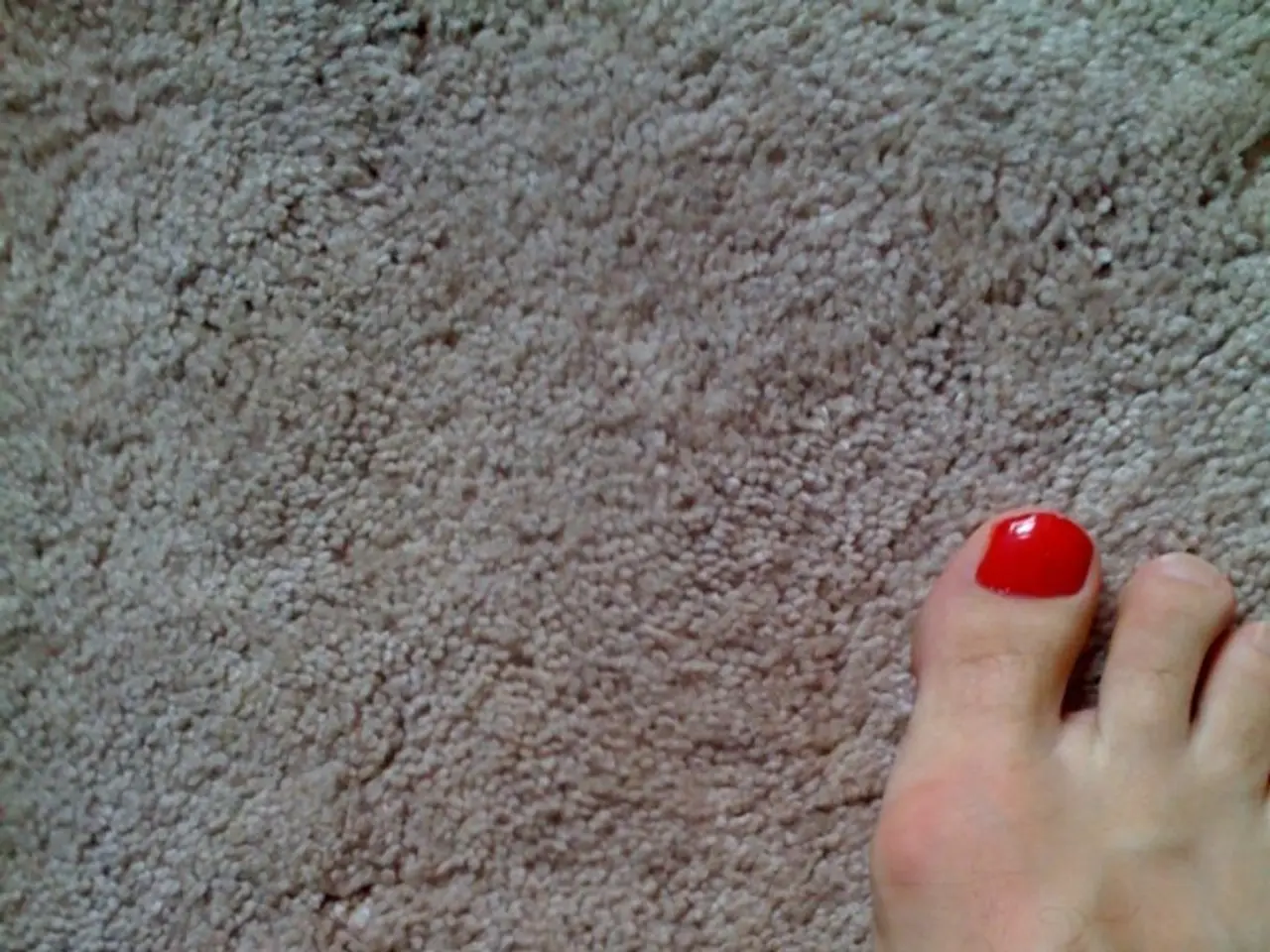Arm Shingles: Symptoms, Underlying Causes, Remedies, and Further Information
Shingles, a painful and often uncomfortable condition, can affect one side of the body, including the arms. This viral disease is caused by the reactivation of the varicella-zoster virus (VZV), the same virus that causes chickenpox.
Symptoms of Shingles in the Arms
The classic symptoms of shingles in the arms include a painful, burning, or tingling sensation, followed by an itchy rash localized to one arm. The rash typically appears as red and develops into fluid-filled blisters. In some cases, the pain may precede the rash by 1-3 days, and lingering nerve pain, known as postherpetic neuralgia (PHN), can persist even after the rash has healed.
Causes and Risk Factors
Shingles occurs when the dormant VZV reactivates in sensory nerve ganglia, often triggered by factors such as aging, stress, or weakened immunity. People over the age of 50 are more susceptible due to weakening immune systems. Other risk factors include taking immune-suppressing medication, having HIV, having certain cancers like lymphoma or leukemia, receiving chemotherapy, and getting the shingles vaccine.
Treatment and Management
Early treatment with antiviral medication, such as acyclovir, famciclovir, or valacyclovir, within 72 hours of rash onset can significantly reduce the severity, duration, and risk of complications like PHN. Pain relief can be managed with NSAIDs like ibuprofen and paracetamol. In severe cases, medications like gabapentinoids, tricyclic antidepressants, opioids, or topical capsaicin creams may be prescribed.
Additional care may be necessary if bacterial infection complicates the rash, in which case antibiotics or corticosteroids might be prescribed. It's important to note that vaccination, such as Shingrix, can prevent shingles and PHN but is preventive rather than a treatment.
Living with Shingles
During recovery, wearing loose clothing, using calamine lotion, taking an oatmeal bath, and avoiding scratching the area can help manage symptoms. A doctor can recommend treatments for PHN, which may reduce over time.
It's crucial to seek medical attention as soon as possible if you suspect you have shingles. Other possible complications include bacterial infection, vision problems, hearing difficulties, pneumonia, and encephalitis.
In summary, shingles in the arms follows the classic shingles pattern of unilateral painful rash and nerve involvement, treated most effectively by early antiviral therapy plus supportive pain management. By understanding the symptoms, causes, and treatments, you can take steps to protect yourself and manage the condition effectively.
- Despite being uncomfortable, shingles can affect skin health, causing a painful rash on one arm, accompanied by a burning or tingling sensation.
- The varicella-zoster virus (VZV), responsible for causing chickenpox, is the culprit for shingles as well, reactivating from its dormant state in sensory nerve ganglia.
- Aging, stress, and weakened immunity are common triggers for the reactivation of VZV, making individuals over 50 more susceptible to shingles.
- Other risk factors for shingles include having certain medical conditions like cancer, HIV, and weakened immunity due to medication or chemotherapy.
- Early treatment with antiviral medications, such as acyclovir, famciclovir, or valacyclovir, is crucial for reducing the severity, duration, and risk of complications like chronic nerve pain (postherpetic neuralgia).
- Ongoing management of shingles might involve pain relief medications like NSAIDs, or in more severe cases, gabapentinoids, tricyclic antidepressants, opioids, or topical capsaicin creams.
- In the event of a bacterial infection causing complications, antibiotics or corticosteroids may be prescribed, while vaccination like Shingrix provides preventive measures against shingles and postherpetic neuralgia.
- During recovery from shingles, maintaining good skin care, such as wearing loose clothing and avoiding scratching, can help manage symptoms.
- Untreated shingles can lead to complications such as vision problems, hearing difficulties, respiratory conditions, digestive health issues, neuropathic pain, and potential dangers to cardiovascular and mental health.
- The importance of seeking medical attention promptly when suspecting shingles cannot be overstated, as it increases the chances of recovery and prevents potential complications.
- Taking a holistic approach to health and wellness, including proper nutrition, fitness and exercise, and employing therapies and treatments as advised, can contribute to an effective management of shingles and other related medical conditions, such as autoimmune disorders and eye health issues.




